- 全部删除
 您的购物车当前为空
您的购物车当前为空
4-1BB/CD137/TNFRSF9 Protein, Human, Recombinant (hFc)
产品编号 TMPY-05376
4-1BB/CD137/TNFRSF9 Protein, Human, Recombinant (hFc) is expressed in HEK293 mammalian cells with hFc tag. The predicted molecular weight is 44 kDa and the accession number is Q07011.
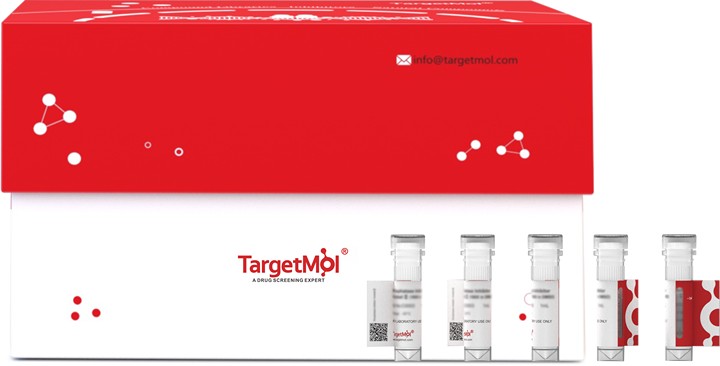
4-1BB/CD137/TNFRSF9 Protein, Human, Recombinant (hFc)
产品编号 TMPY-05376
4-1BB/CD137/TNFRSF9 Protein, Human, Recombinant (hFc) is expressed in HEK293 mammalian cells with hFc tag. The predicted molecular weight is 44 kDa and the accession number is Q07011.
| 规格 | 价格 | 库存 | 数量 |
|---|---|---|---|
| 5 μg | ¥ 296 | 6-8日内发货 | |
| 10 μg | ¥ 479 | 6-8日内发货 | |
| 20 μg | ¥ 782 | 5日内发货 | |
| 50 μg | ¥ 1,520 | 5日内发货 | |
| 100 μg | ¥ 2,560 | In stock | |
| 200 μg | ¥ 4,530 | 5日内发货 | |
| 500 μg | ¥ 9,610 | 5日内发货 |
大包装 & 定制
加入购物车
TargetMol 的所有产品仅用作科学研究或药证申报,不能被用于人体,我们不向个人提供产品和服务。请您遵守承诺用途,不得违反法律法规规定用于任何其他用途。
产品信息
| 生物活性 | Measured by its binding ability in a functional ELISA. Immobilized TNFRSF9-Fc at 10 μg/ml(100 μl/well) can bind TNFSF9/Biotin , The EC50 of TNFSF9/Biotin is 20-60 ng/mL. 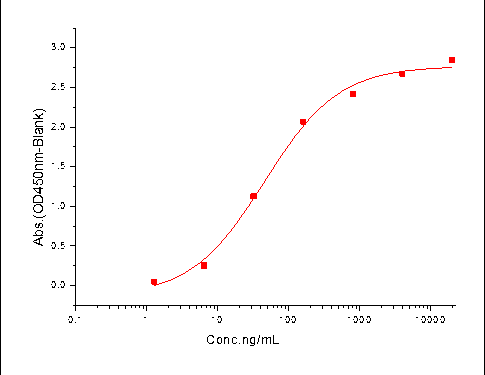 |
| 产品描述 | 4-1BB/CD137/TNFRSF9 Protein, Human, Recombinant (hFc) is expressed in HEK293 mammalian cells with hFc tag. The predicted molecular weight is 44 kDa and the accession number is Q07011. |
| 种属 | Human |
| 表达系统 | HEK293 Cells |
| 标签 | C-hFc |
| 蛋白编号 | Q07011 |
| 别名 | tumor necrosis factor receptor superfamily, member 9,ILA,CDw137,CD137,4-1BB |
| 蛋白构建 | A DNA sequence encoding the human TNFRSF9 (NP_001552.2) (Met1-Gln186) was expressed with the Fc region of human IgG1 at the C-terminus. Predicted N terminal: Leu 24 |
| 蛋白纯度 | ≥ 95 % as determined by SDS-PAGE. ≥ 95 % as determined by SEC-HPLC. 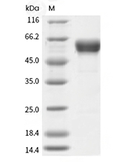 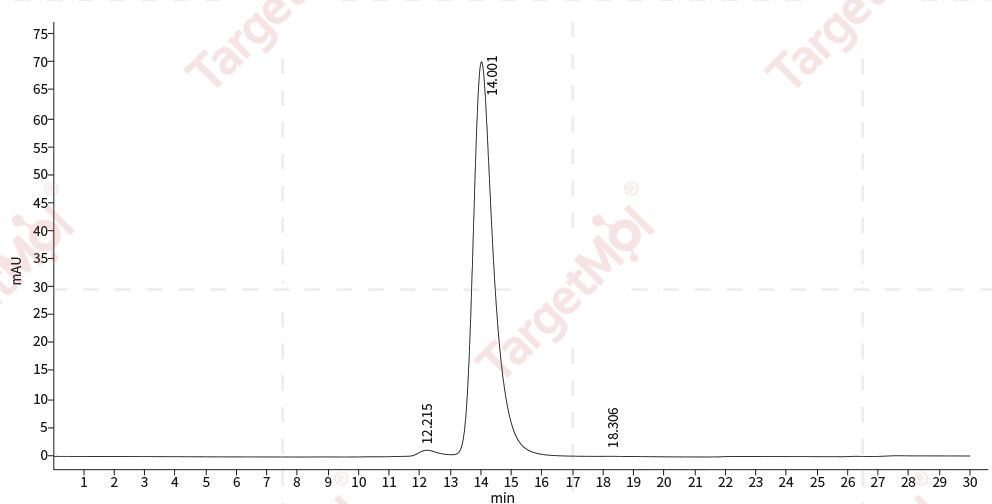 |
| 分子量 | 44 kDa (predicted); 58.9 kDa (reducing condition, due to glycosylation) |
| 内毒素 | < 1.0 EU/μg of the protein as determined by the LAL method. |
| 缓冲液 | Lyophilized from a solution filtered through a 0.22 μm filter, containing PBS, pH 7.4. Typically, a mixture containing 5% to 8% trehalose, mannitol, and 0.01% Tween 80 is incorporated as a protective agent before lyophilization. |
| 复溶方法 | A Certificate of Analysis (CoA) containing reconstitution instructions is included with the products. Please refer to the CoA for detailed information. |
| 存储 | It is recommended to store recombinant proteins at -20°C to -80°C for future use. Lyophilized powders can be stably stored for over 12 months, while liquid products can be stored for 6-12 months at -80°C. For reconstituted protein solutions, the solution can be stored at -20°C to -80°C for at least 3 months. Please avoid multiple freeze-thaw cycles and store products in aliquots. |
| 运输方式 | In general, Lyophilized powders are shipping with blue ice. |
| 研究背景 | CD137 (also known as 4-1BB) is a surface co-stimulatory glycoprotein originally described as present on activated T lymphocytes, which belongs to the tumor necrosis factor (TNF) receptor superfamily. It is expressed mainly on activated CD4+and CD8+T cells, and binds to a high-affinity ligand (4-1BBL) expressed on several antigen-presenting cells such as macrophages and activated B cells. Upon ligand binding, 4-1BB is associated with the tumor necrosis factor receptor–associated factors (TRAFs), the adaptor protein which mediates downstream signaling events including the activation of NF-kappaB and cytokine production. 4-1BB signaling either by binding to 4-1BBL or by antibody ligation delivers signals for T-cell activation and growth, as well as monocyte proliferation and B-cell survival, and plays an important role in the amplification of T cell-mediated immune responses. In addition, CD137 and CD137L are expressed in different human primary tumor tissues, suggesting that they may influence the progression of tumors. Crosslinking of CD137 on activated T cells has shown promise in enhancing anti-tumor immune responses in murine models, and agonistic anti-CD137 antibodies are currently being tested in phase I clinical trials. Soluble forms of CD137 (sCD137) are generated by differential splicing. sCD137 can bind to CD137 ligand to antagonize the costimulatory activities of the membrane-bound CD137 and reduce T cell proliferation and IL-2 secretion.Cancer ImmunotherapyCo-stimulatory Immune Checkpoint TargetsImmune CheckpointImmune Checkpoint Detection: AntibodiesImmune Checkpoint Detection: ELISA AntibodiesImmune Checkpoint ProteinsImmune Checkpoint TargetsImmunotherapyTargeted Therapy |
计算器
SCI 文献
技术支持
请阅读 重组蛋白用户指南 了解更多具体信息.






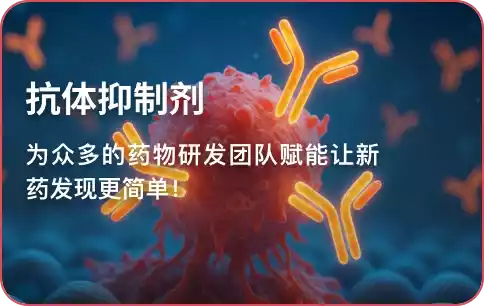
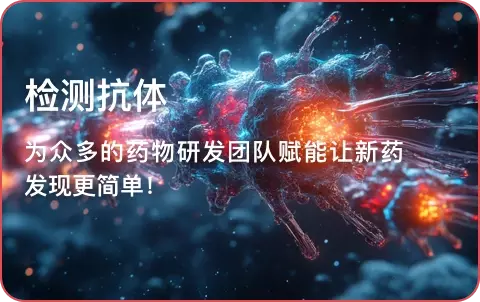

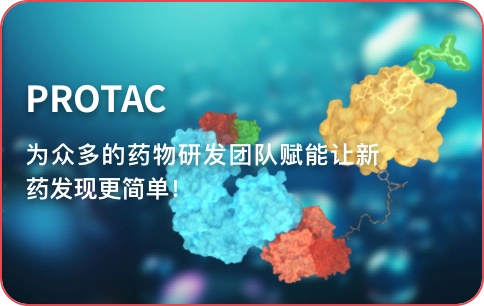
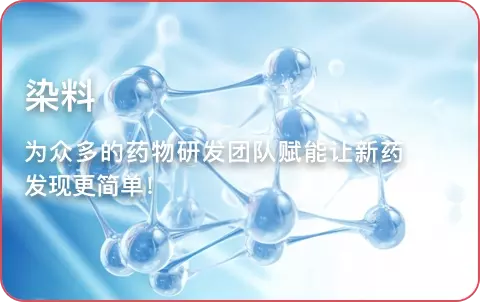


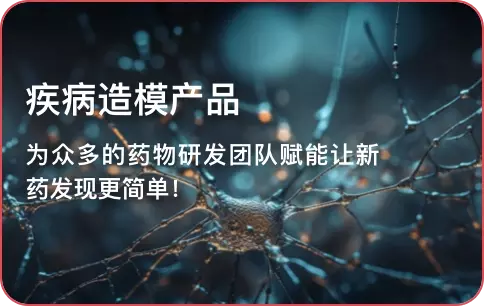
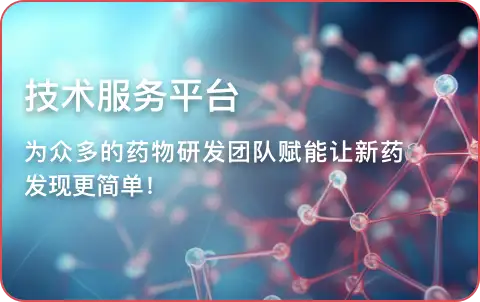
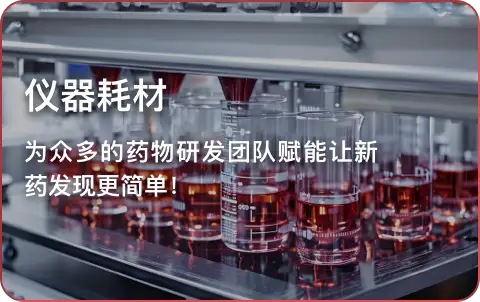

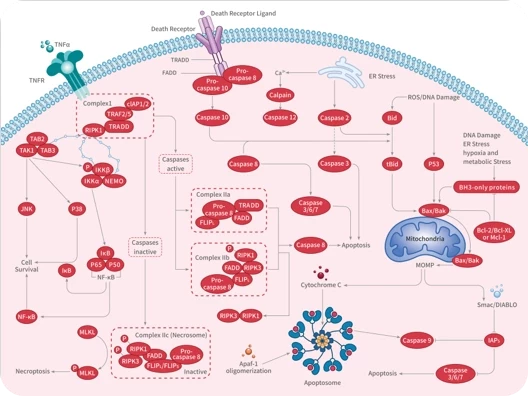
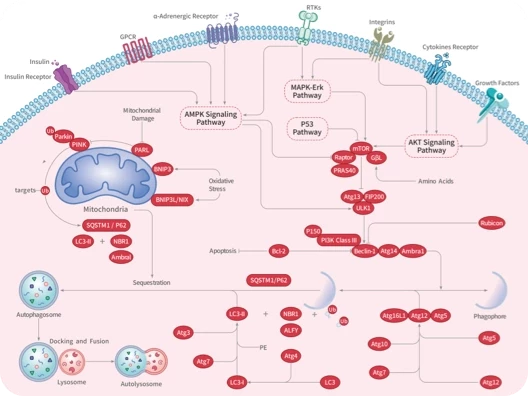

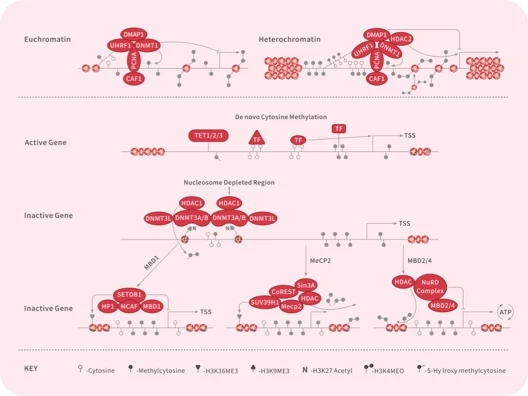
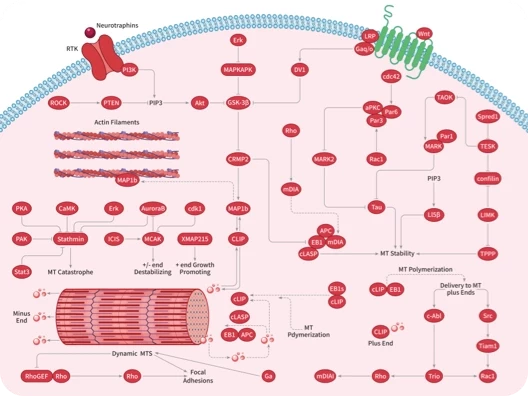
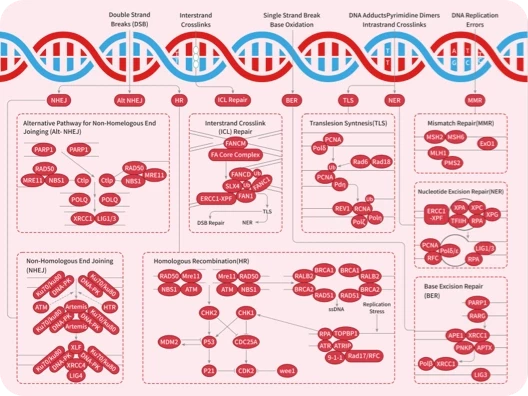
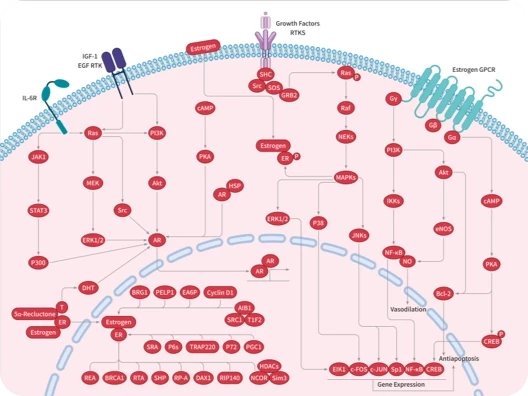
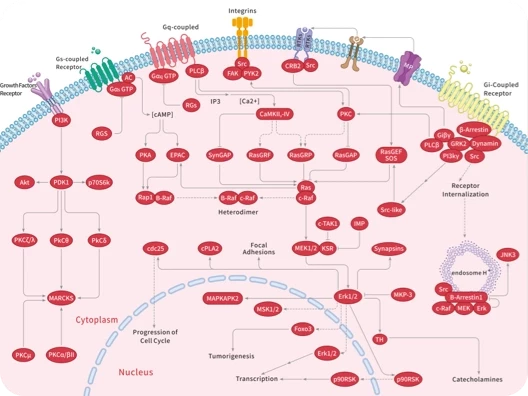
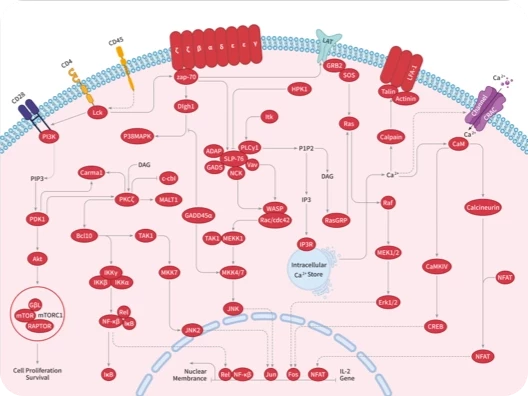
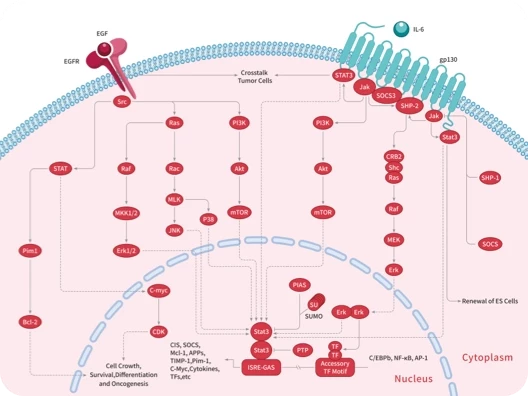
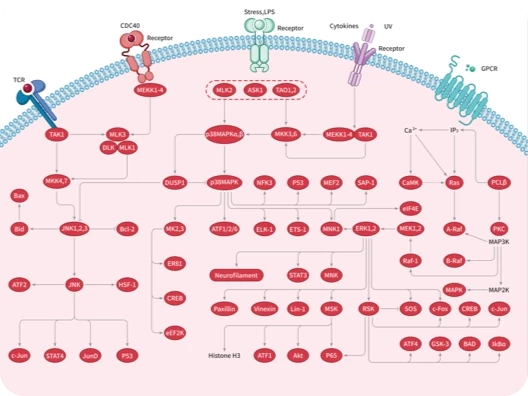
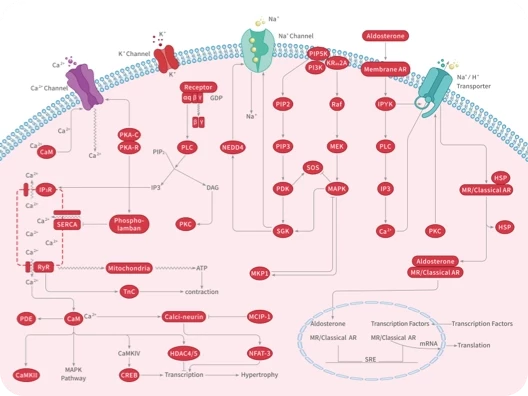
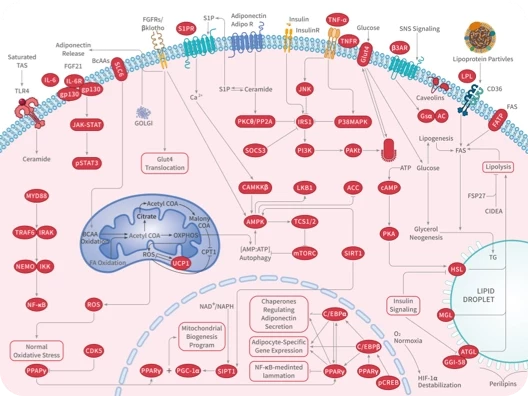
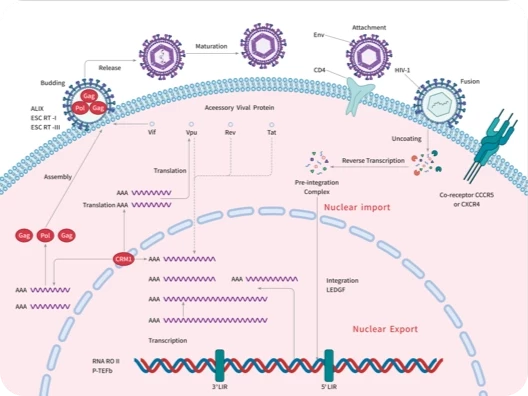

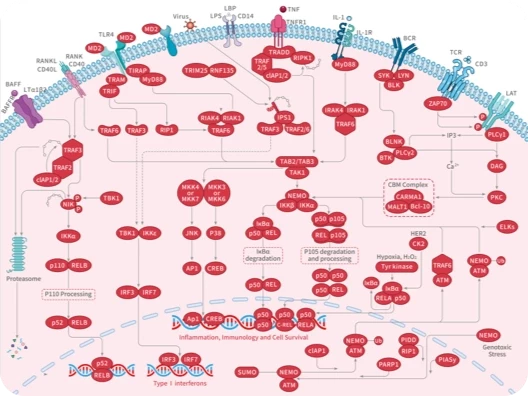
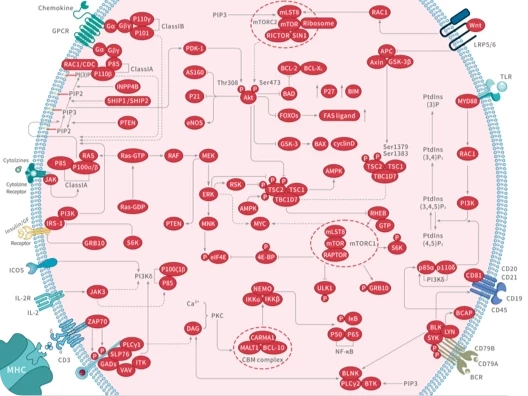
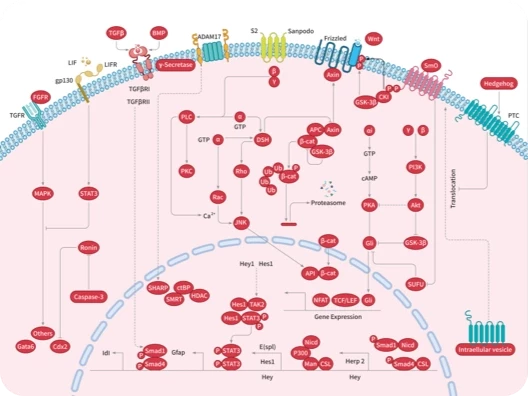
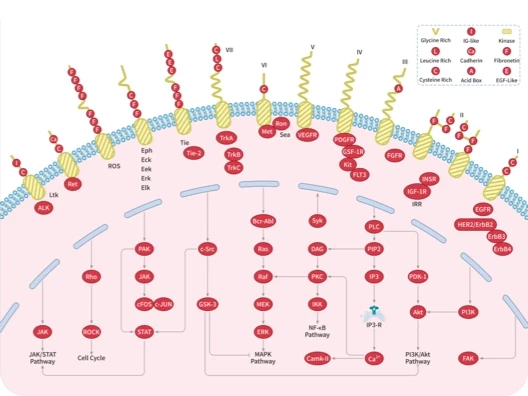
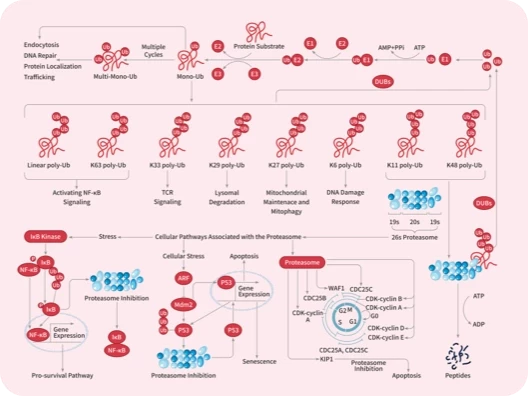


 |
|